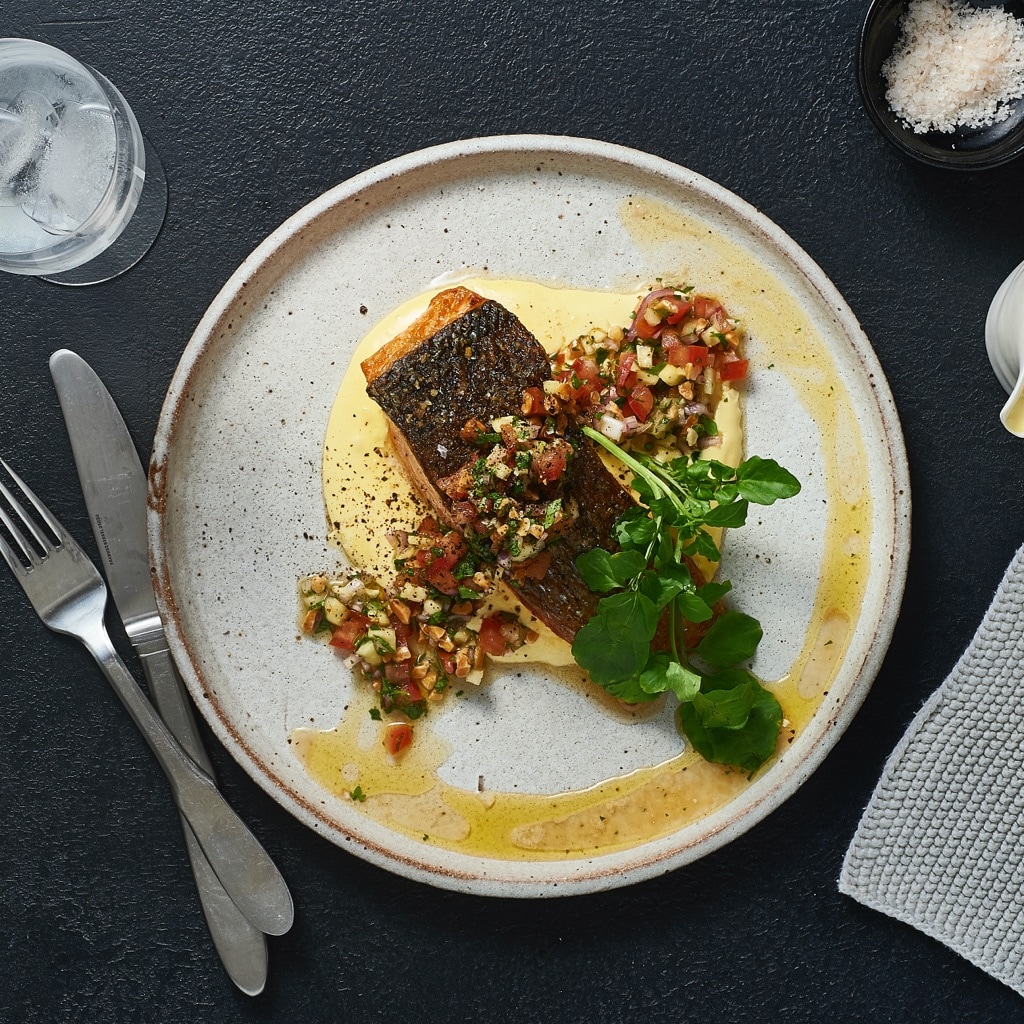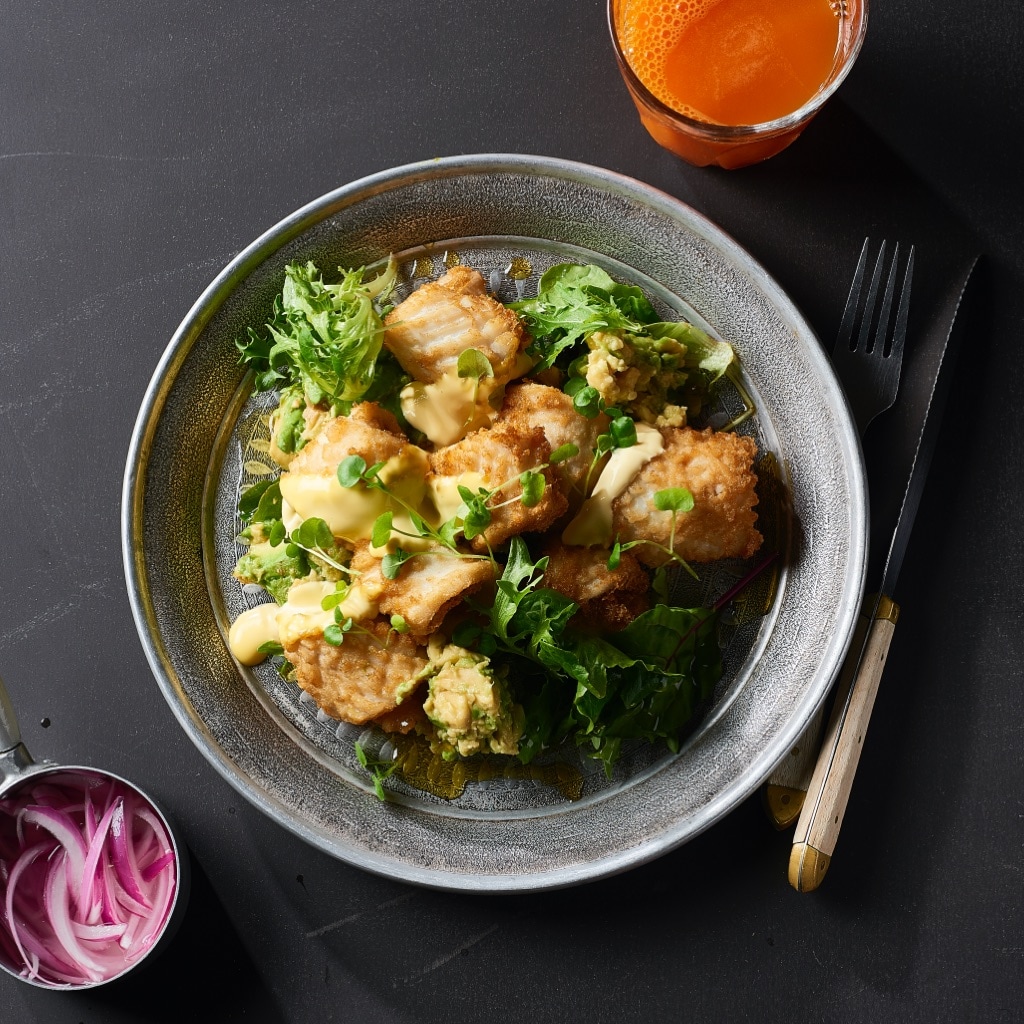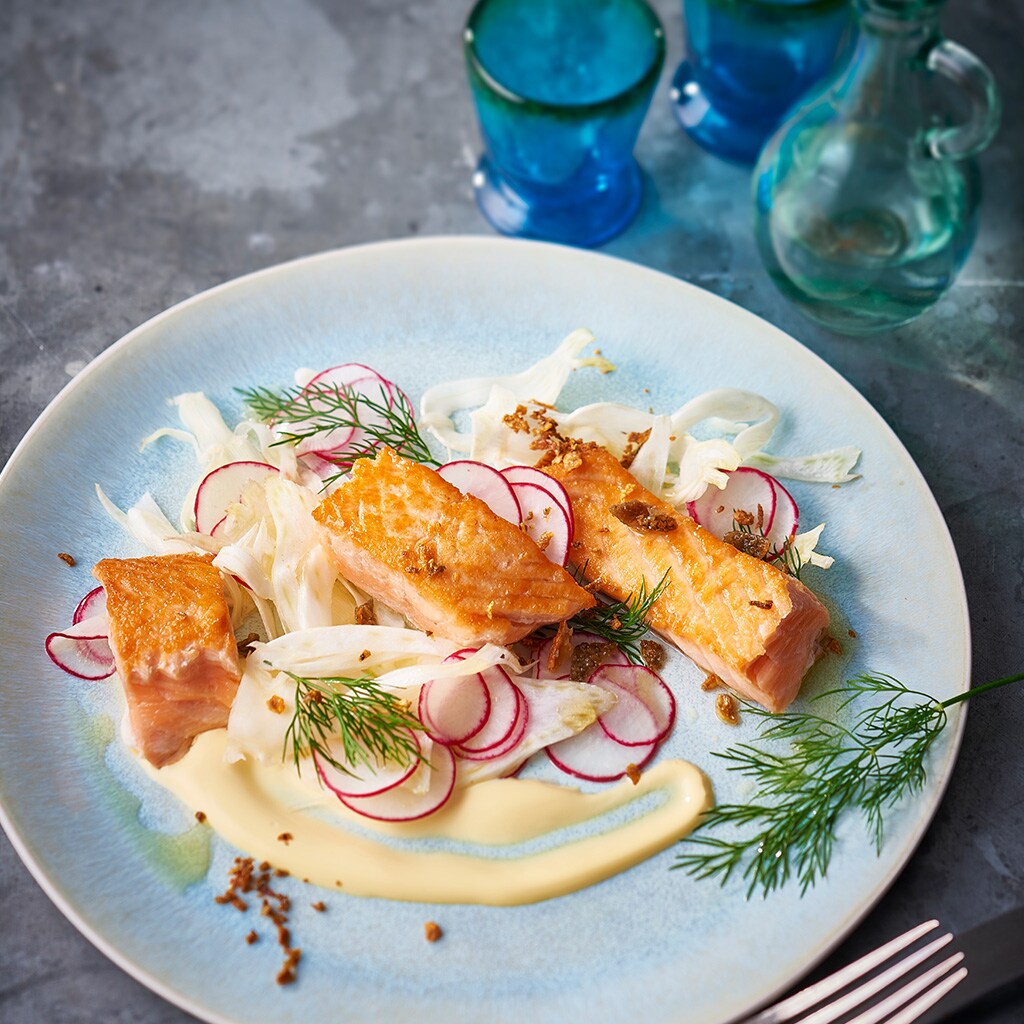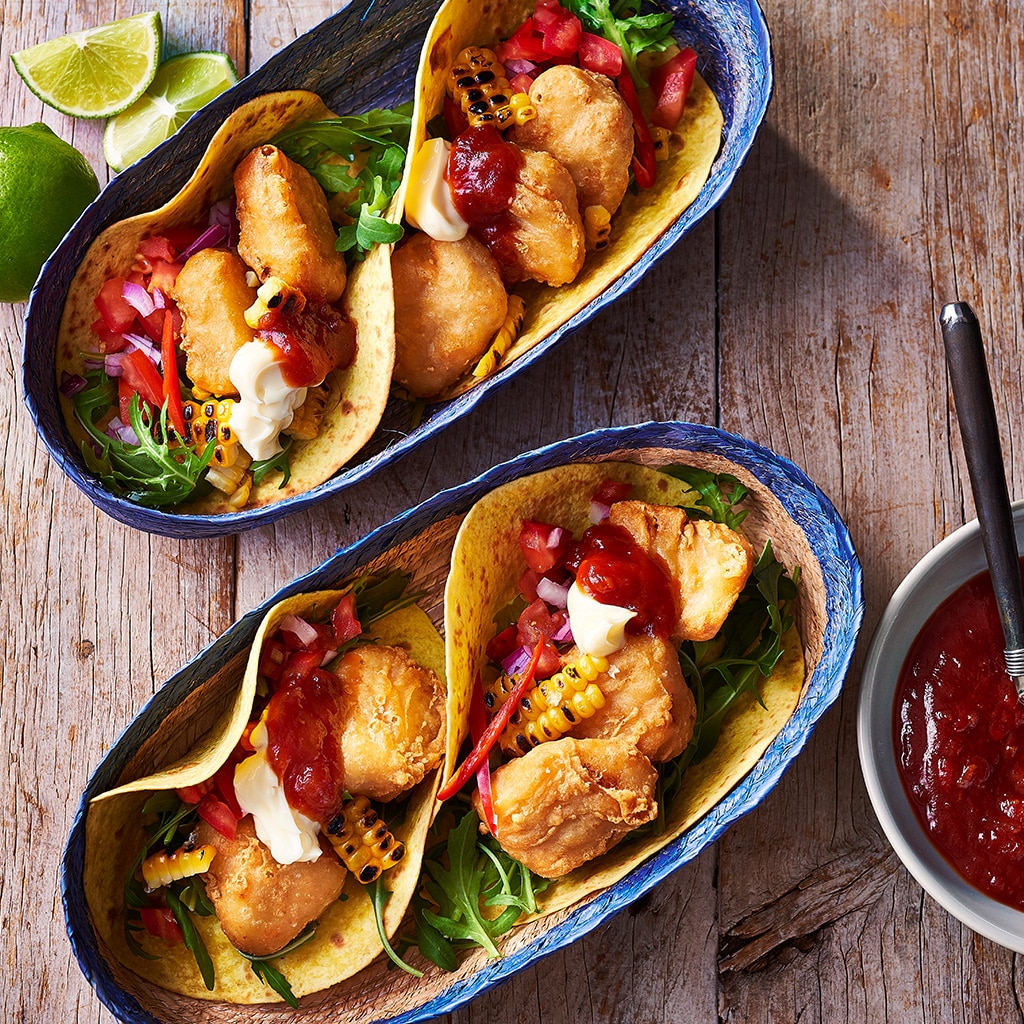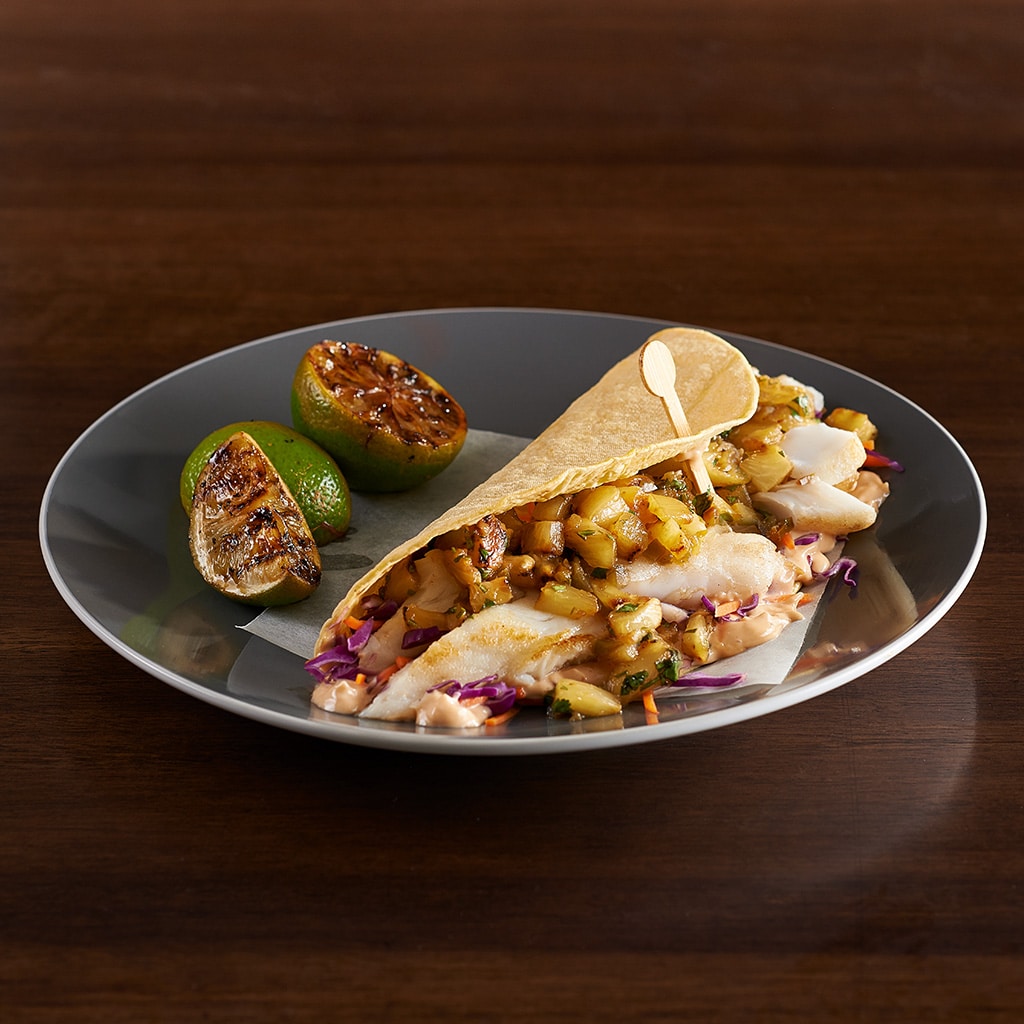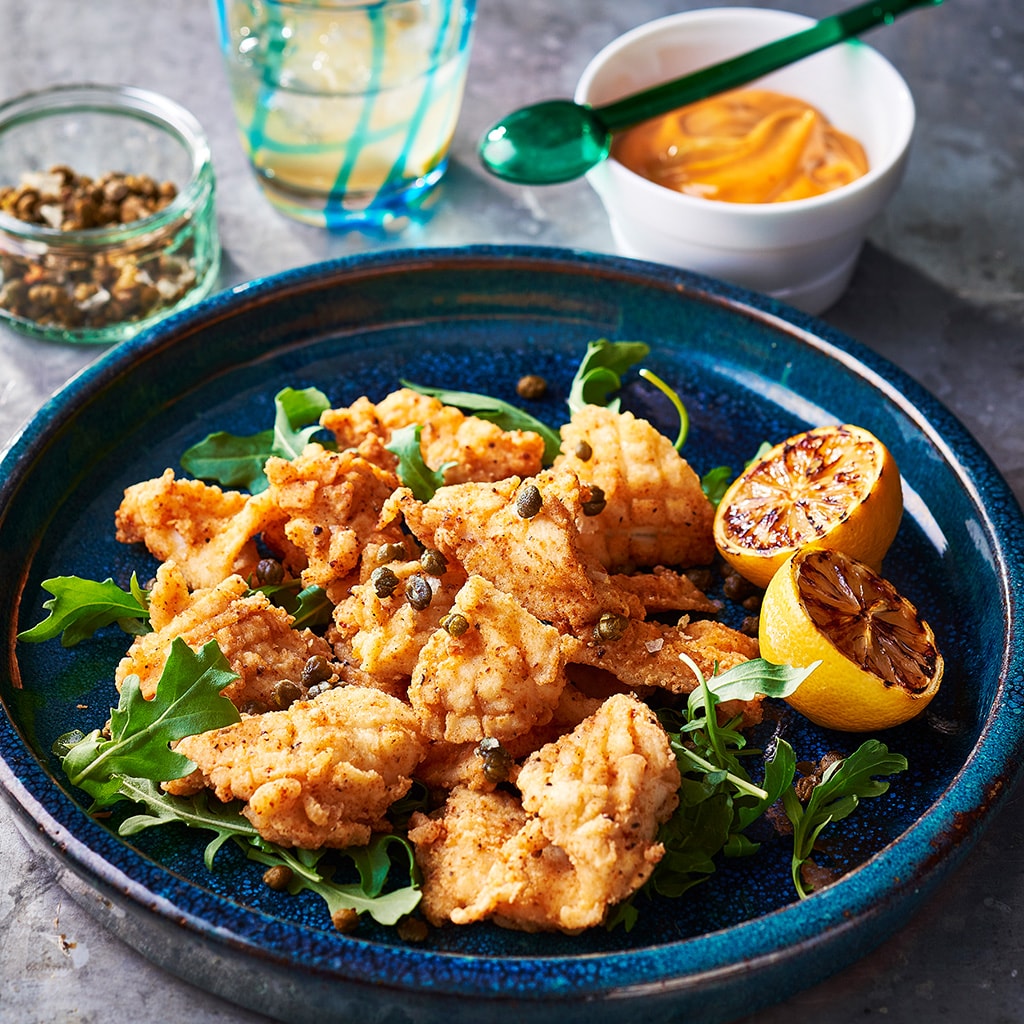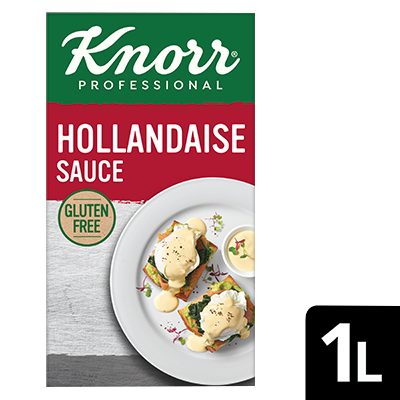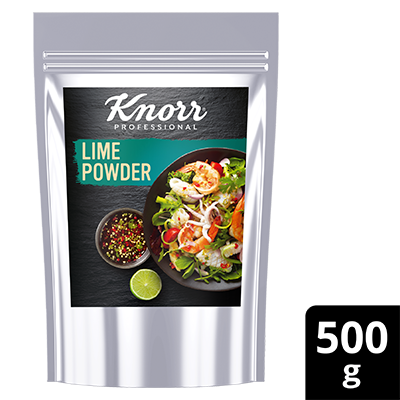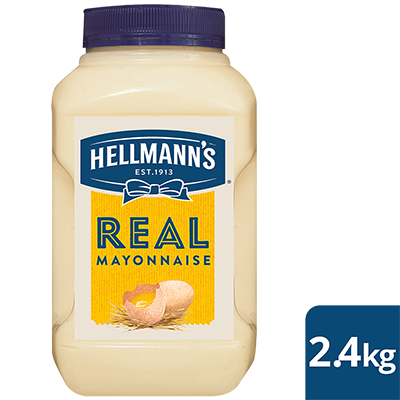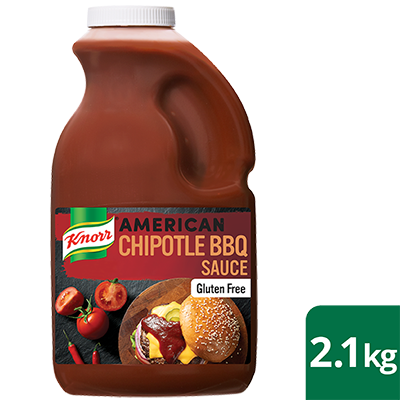PUSHING BOUNDARIES WINS PRIZES
When it comes to that good barbecue in the peak of summer, Sydney’s St Peter’s chef Josh Niland goes for good quality whiting, be it King George or sand whiting, or red mullet and blue mackerel.
“The best possible way to cook these fish is over charcoal on a grill – perfect if you can use a fruit wood like peach or apple to make your own charcoal,” says the Paddington restaurateur, Gourmet Traveller’s best new talent for 2017 and Good Food’s Best New restaurant winner for 2017.
Start by butterflying and removing all the bones leaving the head and tail on. Lightly oil the skin with a neutral oil such as grape seed oil. Season the skin liberally with a good quality flake salt then place skin side down on a well-seasoned grill basket, similar to a wire rack, over the coals. Not too close as the skin will take colour very quickly. The idea is to ensure even colour and crisp skin while allowing the heat to transfer to the flesh and cook the fish.
“The two mistakes that are most often made are 1) the coals are not hot enough, meaning your skin will stick to the rack or 2) the fish is flipped to the skin side causing the flesh to tear or be damaged, meaning when you eat the flesh it becomes slightly chalky and dry,” he says.
If cooked correctly, the skin will be crisp and well coloured and the texture of the flesh should be slippery and the fish's oils will be present when eating.
“Keep the fish a little underdone and be sure to try another species other than snapper this summer. You'll be surprised how delicious the small bony fish can taste if you look after them.” Niland says.
GRATE GRILLS MAKE BEST MARK
Mark Jensen, from restaurants Red Lantern on Riley and Salmon and Bear in Newtown and Zetland, in Sydney, says the grill’s grate size, as small as 5mm, is key to cooking fish well.

“If then it is too far from the heat source then there is no way you can cook it properly. It needs a lot of contact with direct heat, but not quite all of it on the grill plate. If those grill marks or bars are too distant, it’s hard to cook the flesh. And I really like cooking the fish with thick, oily skin.”
There are some 100,000 identified edible fish available, yet we eat only 800 of those, says Jensen, so he targets little known species such as alfonsino, sustainable West Australian Spanish mackerel, and bycatch such as rusty jobfish from the Northern Territory.
“No one has really heard of it. It comes in at under $27 per kg and it’s one of these fish that is not particularly targeted although it’s a great tasting fish. We always tend to look for something a little bit different.”
But he will always have the top pelagic on the menu, including tuna, because that’s what people know and want, and cod, such as blue-eye trevalla.
GOOD FISH FAT IS FLAVOUR
Chase Kojima from Sokyo and Gojima at The Star, Sydney, and Kiyomo at Jupiter’s on the Gold Coast, favours the Japanese binchotan, cooking over coals, rather than barbecue, pan-frying or using sous vide. He also prefers the fattier, more commercially available fish, such as tuna and salmon, for his customers.
“We are super mainstream. I love using the most popular stuff but we do use more unusual fish, if it’s fresh, things like mackerel and sardines, but those are hard to achieve a good flavour to make our customers happy, so we stick to things like toro tuna, salmon belly.
Mackerel is not going to be the fish that makes them happy. But when it’s super fresh, I’ll marinate it, then blow torch it. It kind of works when it’s done the day that we get it.”
Recently a supplier asked him to test two types of kingfish, hiramasa kingfish, which was very fatty and a West Australian kingfish which was super lean and very small.
“Japanese fish are all fatty. It’s like you are eating Wagyu all day long. But Australian (wild-caught) fish is like eating grass-fed beef. I want to continue to use that type of fish, because Australian fish provides that kinds of deliciousness. I know Japanese restaurants only use Australian tuna, not ultra-rich Japanese tuna, it’s that subtle deliciousness that we are looking for.”
Seasonally-focussed Zac Sykes, head chef at North Bondi Fish, says while there are “stunning” reef fish coming out of Queensland, he is having fun with end-of-season swordfish belly, served as carpaccio Cloudy Bay clams with nam jim, and sardines cooked whole on the barbecue.
Find out more about TRENDS ON PLATE
Related Articles
Top recipes
-
Hawaiian Salmon with Lime Hollandaise -
Crispy Squid with Zingy-lime-daise -
Chilli Fish, Wakame, Yuzu Burger -
Roasted Salmon with Yuzu Sauce, Fennel and Radish Salad -
Smoked Salmon and Cream Cheese Spring Rolls -
Tempura Garlic Prawns with Thai Seafood Sauce -
Whole Baked Chinese Lemon Curry Snapper -
Crispy Fish Tacos -
Salmon Wonton Stack -
Hawaiian Shrimp Salad -
Tacos de Camarón -
Cajun Shrimp and Chipotle Mayo -
Aloha Fish Taco -
Crispy Squid with Smoked Chilli Aioli
Related Products
Log in or Create an account to access:
- Get access to this content
- Discover the latest culinary trends
- Explore and save your favourite recipes
- Watch free video training courses for chefs


